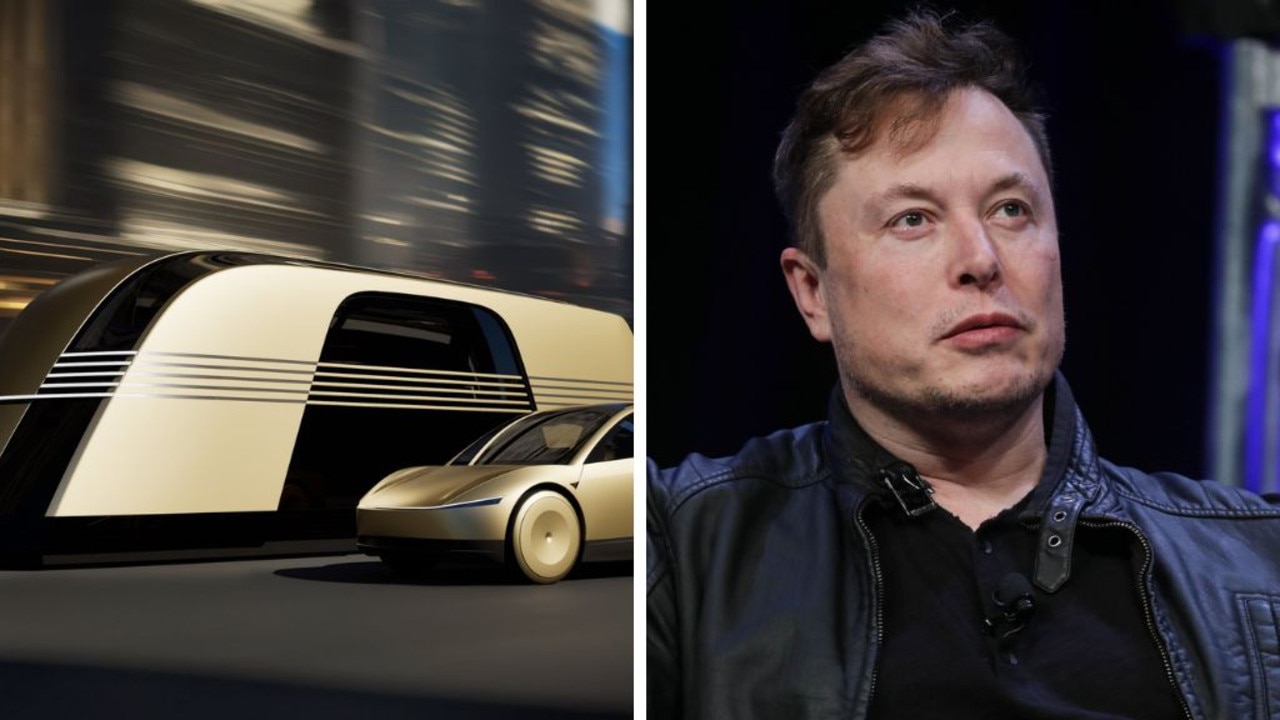‘Game changer’: Carmakers race to revolutionise EV battery and recharging technology
Your Tesla may soon be as out-of-date as the original Ford Model T, with a major EV arms race now underway to roll out game-changing new tech.
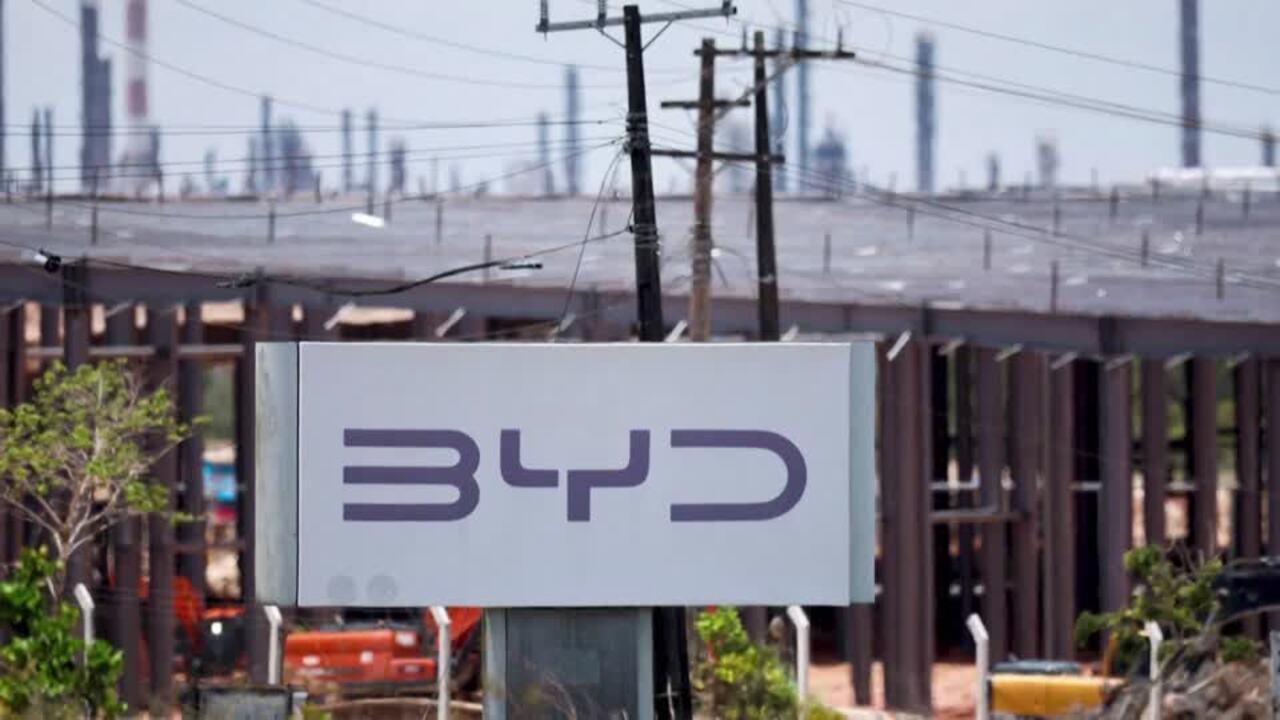
Motoring News
Don't miss out on the headlines from Motoring News. Followed categories will be added to My News.
Your Tesla may soon be as out-of-date as the original Ford Model T.
A race is underway between manufacturers to introduce radical new battery and recharging tech, offering game-changing improvements in range and reliability.
Despite all the talk of an electric vehicle market slowdown last year, worldwide sales of battery and hybrid cars have reached a record high 17 million vehicles. And that’s expected to grow a further 20 per cent in 2025.
Leading the pack was China’s state-subsidised BYD (marketed in Australia as Build Your Dreams). Controversial billionaire Elon Musk’s Tesla slipped further behind, though it remains in second place.
What has changed, however, is the rate of EV sales growth.
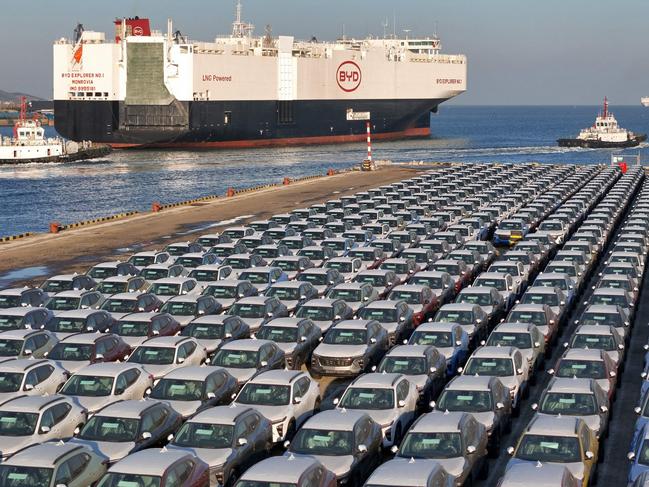
Norway continues to surge ahead, with 93 per cent of all new sales being electric.
Australia, however, is idling along at 10 per cent — well behind the world average of 18 per cent.
Most analysts put that down to the cost-of-living crisis — and something called “range anxiety”.
A typical 2024 model EV sedan can travel about 400km on a single charge. Most petrol sedans average about 700km per tank of petrol.
And that’s an essential consideration for any Australian who regularly drives on regional roads.
Most current EVs use high-performance lithium-ion batteries.
While improving in leaps and bounds, this relatively new technology is still held back by long charging times, poor energy-to-weight ratios and off-putting performance degradation.
Honda, Mercedes-Benz and Tesla have recently come out to promise that these will soon be forgotten relics of the past — just like driving goggles, air horns and gearshift levers.
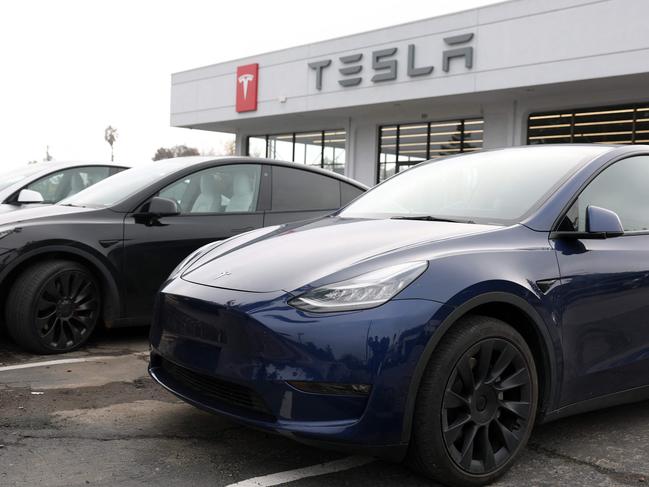
Honda has built a prototype production line for a future solid-state battery design. It says this can deliver enough power to drive an EV across 1000km on a single charge.
Tesla is also focused on improving battery technology.
It states that “single-crystal electrodes” are the answer to battery discharge degradation problems. This means new lithium-ion batteries could last six times longer than existing examples.
And Mercedes-Benz says it can remove the issue of having to plug in to recharge. In an Australia-friendly solution, it says solar-power-generating paint can capture enough energy to recharge a car’s battery every day.
These advances are exactly what the EV market needs, according to Dr Gil Tal, director of the EV Research Centre at the University of California, Davis.
“We have to push the car companies — and we also have to help them with incentives, R&D and infrastructure,” Dr Tal told MIT Technology Review.
Cost remains a challenge.
But change is afoot. BYD says it will focus on offering small, basic vehicles to fill the niche once occupied by the likes of the VW Beetle and Mini Cooper.

Solid performance increases
“The all-solid-state battery is an innovative technology that will be a game changer in this EV era,” Honda research and development director Keiji Otsu said in a recent statement. “Replacing engines that have been supporting the advancements of automobiles to date, batteries will be the key factor of electrification.”
Current EVs generally use a lithium compound suspended in a polymer gel or liquids.
Honda’s new battery seeks to change this to a solid ceramic, such as lithium orthosilicate or glass.
Positively charged ions flow between a battery cell’s positive and negative ends — the cathode and anode. As the ions move, they pull negatively charged electrons in the reverse direction.
This generates a battery’s charge.
Solid-state battery electrolytes can use pure lithium metal anodes. These can hold more ions than the graphite anodes used in liquid lithium batteries.
And the battery’s solid state means temperature control isn’t as much of an issue.
So flammable solvents, such as ethylene carbonate, are out of the equation — making the battery much less likely to catch fire when physically damaged.
Honda’s challenge is overcoming the technical hurdles needed to make the complex construction process for ceramic composites more cost-effective and reliable.
But the carmaker believes it can have long-range solid-state batteries on the road by 2030. It says it expects these to offer EV sedans a range of up to 1250km.

Tesla’s crystal gazing
The different properties of materials inside batteries are also the focus of Tesla’s research.
But it’s saying “single-crystal electrodes” are the answer to lithium-ion battery performance degradation.
The electrodes inside lithium-based batteries become coated with spiky lithium deposits called dendrites. These build up each time the battery is recharged. Eventually, they build up to a point where they pierce nearby electrolyte cells — causing them to short-circuit.
It’s a problem common to both solid-state and liquid lithium-ion batteries. But solid seems to suffer less.
“The main focus of our research was to understand how damage and fatigue inside a battery progresses over time, and how we can prevent it,” says chemical researcher Toby Bond.
Most modern polycrystalline electrodes pack tiny crystal particles together. But growing a single larger crystal to take its place promises greater resistance to mechanical strain.
Comparative recharge testing over a two-and-a-half-year period found the polycrystalline electrode to develop thousands of minute cracks — forcing the atoms in the electrodes apart and limiting how much energy could be stored.
Recharging the single-crystal electrode produced far fewer cracks in its structure. After six years of constant cycling, it still retained 80 per cent of its original capacity.
In terms of EV sedan usage, a solid-crystal battery would need to be replaced after about eight million kilometres. The current polycrystalline type needs replacing after about 322,000km.
“I think work like this just helps underscore how reliable [the new batteries] are, and it should help companies that are manufacturing and using these batteries to plan for the long term,” Mr Bond said.
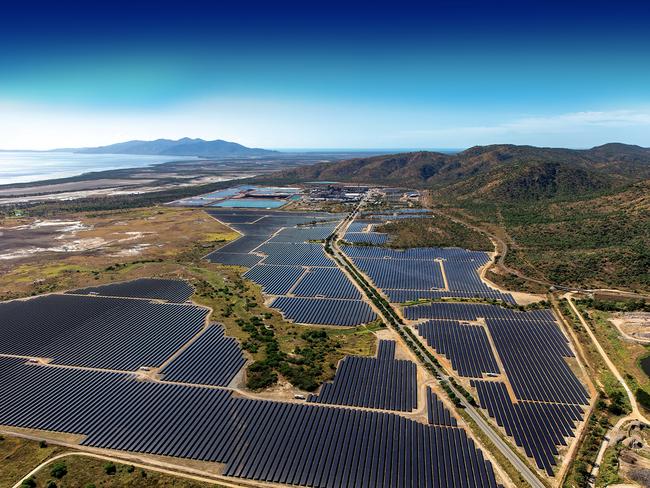
A place under the sun
Mercedes-Benz is looking beyond batteries to give its cars greater range — and lower operating costs.
It says a new photovoltaic paint could power an EV sedan for up to 12,000km each year under optimal conditions.
The Australian Bureau of Statistics (ABS) says the average Australian drives 12,100km annually. And NSW offers about 200 days of sunshine every year.
Mercedes-Benz says the paint performs almost as well as most solar panels. It’s just that it can be applied to the streamlined surface of a car — without the need for blocky, Cybertruck-like panels.
The carmaker says the paint is made from non-toxic, commonly available materials. And that 94 per cent of available sunlight reaches the nanoparticle photovoltaic layer — which converts about 20 per cent of that sunlight into electricity.
The 11 square metre surface area of a mid-sized SUV will, therefore, be able to generate enough power to cover an average day’s driving in Los Angeles (or its southern hemisphere equivalent, Perth).
Mercedes-Benz is yet to offer an expected in-service date. It says it is working on ensuring the paint coating also does all its other jobs — including looking nice, protecting the vehicle, and staying stuck in place.
Jamie Seidel is a freelance writer | @jamieseidel.bsky.social
Originally published as ‘Game changer’: Carmakers race to revolutionise EV battery and recharging technology




